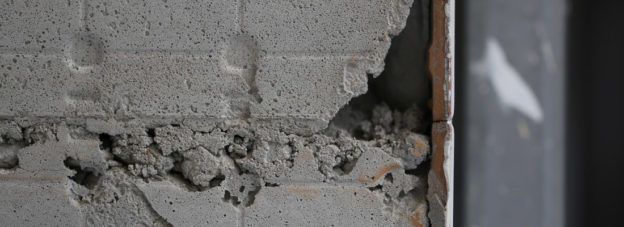By: Edward A. Jaeger, Jr. and William L. Doerler
In Conway v. Cutler Group, Inc., — A.3d –, 2014 WL 4064261 (Pa.), the Supreme Court of Pennsylvania addressed the question of whether a subsequent home buyer can recover from a home builder pursuant to the builder’s implied warranty of habitability, a warranty that protects those who purchase a newly constructed home from latent defects. Concluding that a builder’s warranty of habitability is grounded in contract, the Court held that a subsequent purchaser of a previously inhabited home cannot recover damages from a builder-vendor based on the builder-vendor’s breach of the implied warranty of habitability. The Court’s decision leaves unanswered the question of whether a purchaser who is also the first user-purchaser of a new home can pursue a breach of warranty action against a builder with whom the purchaser is not in privity of contract.
In Conway, the Cutler Group, Inc. (Cutler) sold a new home to Davey and Holly Fields. The Fields subsequently sold the home to Michael and Deborah Conway. After the Conways discovered water infiltration problems in their home, they filed a one-count complaint against Cutler, alleging that Cutler breached its implied warranty of habitability. In response to the Conways’ complaint, Cutler filed preliminary objections, arguing that the warranty of habitability extends from the builder only to the first purchaser of a newly constructed home. The trial court sustained Cutler’s preliminary objections based on the lack of contractual privity between the parties and the Conways appealed the trial court’s decision. On appeal, the Superior Court reversed, stating that the implied warranty of habitability is based on public policy considerations and exists independently of any representations by the builder, and even in the absence of an express contract between the builder and the purchaser. Cutler appealed the Superior Court’s decision to the Supreme Court.
To address the question of whether the implied warranty of habitability extends to a subsequent purchaser of a used residence, the Court discussed the history of the implied warranty of habitability in Pennsylvania. As stated by the Court, the Court adopted the implied warranty of habitability in the context of new home sales to reject the traditional doctrine of caveat emptor (buyer beware) because the purchaser of a new home justifiably relies on the skill of the developer. Thus, as between the builder-vendor and the buyer, the builder should bear the risk that the home he builds is habitable and functional. In adopting the doctrine, the Court noted that the doctrine is rooted in the existence of a contract – an agreement of sale – between the builder-vendor and the buyer.
Although the Superior Court extended the doctrine to subsequent purchasers of a used residence on public policy grounds, the Supreme Court concluded that the question of whether the implied warranty of habitability should be extended to the subsequent purchaser of a used residence is a matter of public policy for the General Assembly, not the Court, to decide. Although the Court recognized that courts have the power to formulate public policy in the clearest cases, the Court found that the issue before it did not present such a case. Thus, the Supreme Court declined to extend the implied warranty of habitability beyond its current formulation, a formulation that requires privity of contract between the parties.
In reaching its decision, the Supreme Court distinguished the facts of the Conway case from the facts in Spivack v. Berks Ridge Corp., 586 A.2d 402 (Pa. Super. 1990), the case on which the Superior Court based its decision. In Spivack, the plaintiffs purchased a “yet-to-be-constructed” condominium from a developer, who was a separate and distinct entity from the builder/general contractor of the condominium. After finding deficiencies in the condominium, the plaintiffs sued the builder/general contractor based on a breach of the builder’s warranty of habitability. The Superior Court held that, where a builder knows or should know that a home’s first purchaser will not be its first user, the builder’s implied warranty must, necessarily, extend to the first user-purchaser. Thus, as stated by the Conway Court, the warranty of habitability adopted in Spivack applies only in circumstances where the first purchaser never used or occupied the home. This was not the situation that the Court addressed in Conway.
In holding that the implied warranty of habitability does not extend to a subsequent purchaser of a used residence, the Court declined to rule on the propriety of the Superior Court’s analysis in Spivack. Thus, despite the fact that the Supreme Court declined to extend the implied warranty of habitability to used home buyers who are not in privity with the builder-vendor, an injured party who falls within the Spivack fact pattern – as the first user-purchaser of a new home – should continue to assert implied warranty of habitability claims against his or her builder/general contractor. Ultimately, however, whether a first user-purchaser who is not in privity with the defendant builder will succeed on his or her implied warranty of habitability claim is, based on the analysis in Conway, an undecided question.
For more information regarding this alert, please contact Ed Jaeger (215.864.6322 / jaegere@whiteandwilliams.com) or Bill Doerler (215.864.6383
/ jaegere@whiteandwilliams.com) or Bill Doerler (215.864.6383 / doerlerw@whiteandwilliams.com).
/ doerlerw@whiteandwilliams.com).
This entry was posted in 

